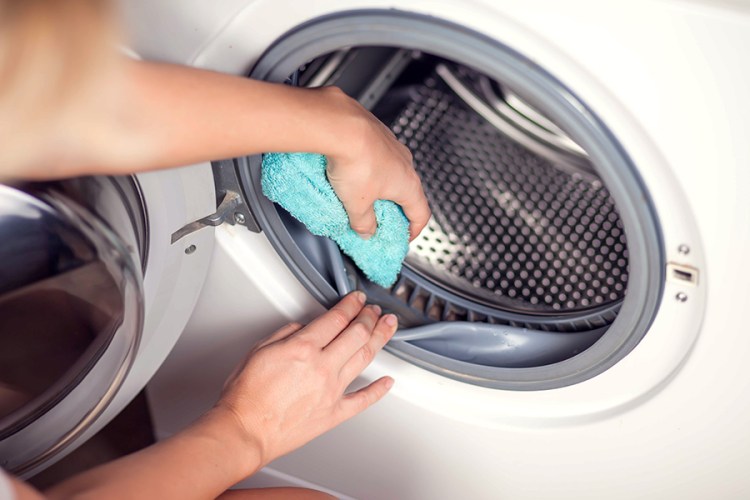Low efficiency, underperformance, and even house fires can be unwelcome results of improperly maintained washers and dryers. Many of the steps to keep your appliances in check are routine, simple, and relatively cost-free. Check out these tips for keeping both your washer and dryer in tip-top shape so they can rinse and spin for decades to come.
Dryer Maintenance
The Lint Screen
Clean your lint screen every time you use your dryer, a straightforward and essential task. An unclean lint filter will block airflow and hinder your dryer’s ability to dry your clothes. No cost or supplies are needed, so there should be no excuses. Every six months or so, use a mild dish detergent with some warm water and a toothbrush to gently scrub the mesh of your lint screen. This removes any built-up residue. Rinse the screen, let it air dry, then return it to the lint trap.
The Drum
Wash your dryer drum monthly. Use a gentle, all-purpose cleaner, and wipe down the entire drum. Use another cloth to dry it.
The Dryer Vent
This task is a bit more complicated but is only necessary once a year. And it may be the most important maintenance you do. Cleaning the dryer vent prevents the formation of clogs that can block airflow and increase your risk of fire and impact how quickly and effectively your clothes dry. The most critical first step is to unplug the dryer and turn off the gas if you own a gas dryer. This may require professional assistance if you don’t know your gas’ source. Use your hands to remove blockages and a vacuum to get deeper into the vent.
Avoid Overfilling
It might be tempting, but avoid overfilling your dryer, and you will actually see better, more efficient performance.
WASHING MACHINE MAINTENANCE
Top Load Washers
Soap residue and minerals build up over time in your washer. HGTV suggests a two-step approach for keeping your top-load washer sparkly clean. Fill the washer with hot water, add one quart of bleach, and run the machine for a few minutes. Then, let it sit for one hour and rerun it for a full cycle. When it’s finished, start over again using vinegar instead of bleach. Next, clean the gaskets, dispensers, and the outside of the washing machine with equal parts of vinegar and water. Ideally, this is a monthly task, though if you can still be proud of yourself for doing it once or twice a year.
Front Load Washers
Front-load washing machines are more prone to bad smells from mold and mildew. Home Depot recommends a nine-step process to soak and clean the tub, the detergent trays, drawers, and removable parts. (Find it on homedepot.com). An essential step is to clean the door gasket with vinegar or bleach. The final steps include cleaning the filter and wiping down the inside of the tub. Lastly, keep the door open until everything is completely dry.
Check Your Hoses
Damaged and worn-out inlet or outlet water hoses are sure to cause problems. Check your hoses once per year, looking for cracks and leaks. You’ll also want to make sure there isn’t anything causing clogging.
Hacks to a Fresh-Smelling Washer
One of the most straightforward things you can do to ensure your washer is always smelling fresh and clean is to keep the top open to allow it to dry completely between cycles. Then, just like your dryer, avoid overfilling your washing machine. Overloading can lead to improperly washed clothes that don’t feel and smell fresh and clean. For really soiled gym clothes and workout gear, wash a small load as soon as you have it. Waiting to launder soiled clothes allows bacteria to grow.
Comments are not available on this story.
Send questions/comments to the editors.


